Don't be fooled by manufacturers for genuine and fake 4K
Tell you: 3 colors 4k, 4 colors 4k, 4k HDR, YUV 4:4:4 What are these ghosts
When the concept of 4k TV was just getting fired four years ago, 4k is still a technology that sounds a bit distant to ordinary consumers. 4k is still just a tag in the mall, and there is only one source that can only be found. Demonstration of several rare scenes. Four years later, unknowingly, the popularity of 4k TV has reached the level of knowing about the uncle who sells cigarettes under the floor. When ordinary consumers purchase new TVs, 4k TV has become a popular choice. In July 2016, the proportion of 4k ultra high-definition TVs in domestic TV sales was 48%, which means that each time 2 TVs were sold, among them, There is a 4k TV.
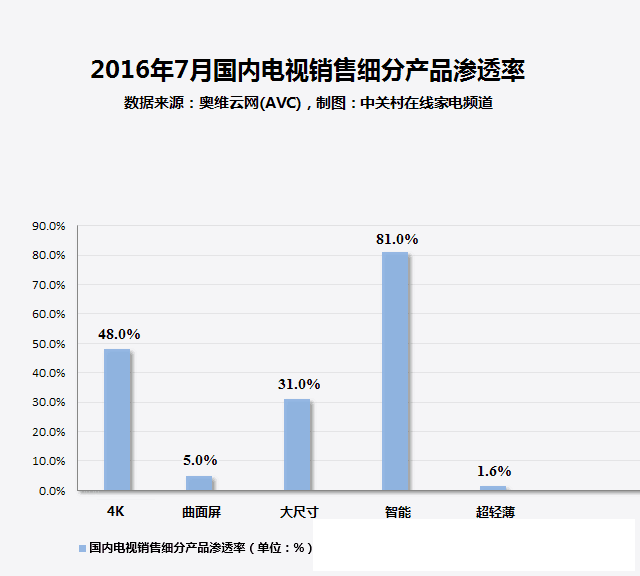
Different kinds of concepts, technologies, and standards are better than others. Manufacturers have manufacturers' opinions, sellers have sellers' opinions, and ordinary consumers are dazzled. Today, Xiao Bian will take you to those manufacturers who are touting the technical terms. , Let you really understand the 4k TV, the various manufacturers from the bottom of the blind.
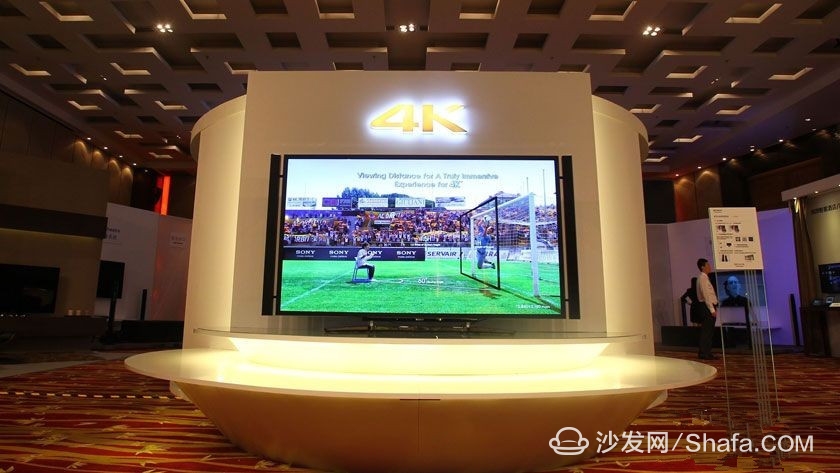
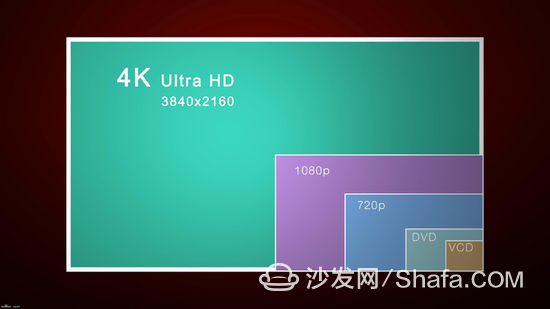
As an ordinary consumer, you are not seeing 4 colors vs3 colors, I feel sure that it is 4 colors, so much the same. In actual fact, let the HD Fan give you a thorough look at the origin of the 3 color 4k and 4 color 4k, as well as the manufacturer's blind.
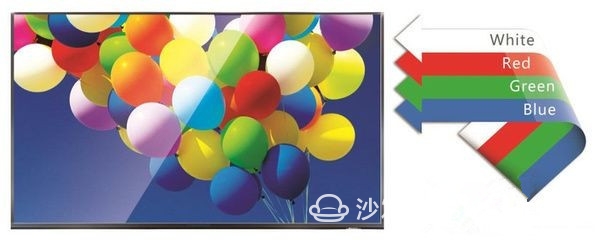
The 4 color 4k, mainly proposed by Korean manufacturers Samsung and LG, adds a W sub-pixel based on RGB, which is a white pixel, and controls the brightness independently, so that the brightness control capability of the liquid crystal panel is stronger and the light transmittance is higher. The detail and contrast performance will be better and more energy-efficient.
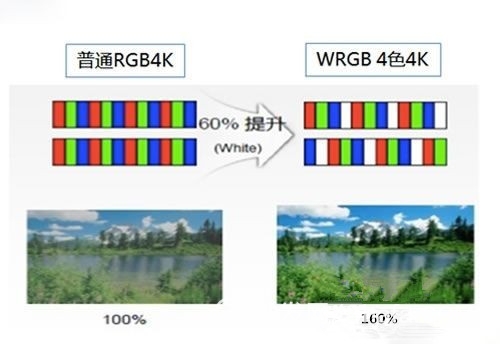
The trick is that the extra W sub-pixels are not extra gifts but occupy the original pixels. According to our ordinary people's understanding, 4 color 4k should be a picture with 3840x2160 pixels, each pixel has 4 sub-pixels, so that the hardware should be 30% more than the 3 color 4k pixels. However, under the eye-catching barriers of Korean manufacturers, this is just wishful thinking. In fact, what they call 4 color 4k, a pixel does not have 4 sub-pixels.
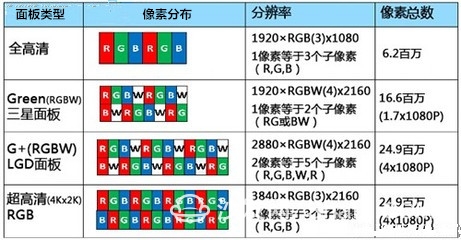

Speaking of this, we all know how to choose 4k 4k and 3k 4k? All in all, the current 4 color 4k products cannot meet the requirements of 4k standard resolution of 3840x2160 in actual physical resolution. Xiaobian calls it pseudo 4k, even if they find a lot of authoritative departments to certify endorsements. Can not change its essence. Of course, because of the reduction in costs and gimmicks, and the blessings of big manufacturers, 4K 4K may not be too bad in the market, but remember, it's not true 4K.
What is YUV4:4:4?
A term that has recently been stir-fried is YUV 4:4:4. Does it mean that you can't read clouds in the cloud? Ah, 4K 4K is better understood. YUV 4:4:4 is such a word that you can't read it completely. Don't worry, the HD Fan will come to you.
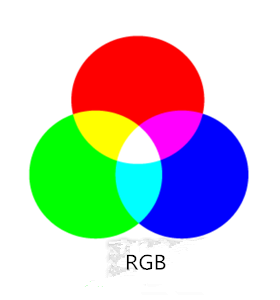

In fact, because the 4:4:4 signal data volume is too large, the storage and transmission costs are too high. So whether it is through the Blu-ray Disc, or network download, set-top boxes, various network boxes, the source of the film is compressed, and most of the 4:2:0, 4:1:1 compression, 4: 2:2 sources are rare. TVs that support YUV 4:4:4 do not make much sense when playing such sources.

YUV4: 4:4 Original

Convert to YUV4:2:2

Convert to YUV4:2:0

Convert to YUV4:1:1
However, in the current era of smart TVs, the sources of television signals are no longer limited to CD-ROM, network transmission channels, games, PCs, PS4, Xbox One, and even game applications in set-top boxes. Most of these locally generated video signals support With YUV 4:4:4 transmission, if you use YUV4:4:4 TV to display, the picture, color, and text display enhancement is very obvious. 
What is HDR and what is it for?
HDR is short for High-Dynamic Range.
The difference in brightness between the natural world, that is, the brightness of the brightest object, and the brightness ratio of the darkest object can reach 100 million times, and the difference that the human eye can discern is about 100,000 times. General consumer digital cameras and monitors can only show 256 different brightness levels.
A low dynamic range can cause many problems. For example, when displaying bright and dark contrast images, bright areas appear white, dark areas are dark, and details of highlights and dark parts are lost.
With the advancement of technology and the increase in audience demands, in the film and television industry, more and more devices have used 10bit or even higher coding, have a higher latitude, and can collect and display a wider range of brightness information. However, in the end, the display of these films was displayed in front of the audience, and a large number of old devices manufactured using the SDR (Standard Dynamic Range of Brightness) 50 years ago seriously dragged back.
HDR TV technology, in simple terms, is capable of displaying a wider range of brightness information on a single screen, providing more detail and making the picture more vivid and three-dimensional. Buy new electronic products do not buy the old. If you happen to have the need to buy a TV, you might as well take HDR's ride and let your eyes take a baptism.

HDMI has different standards: 1.0, 1.1, 1.2, 1.3, 1.4, 2.0a, 2.0b, where 2.0a is the widest standard for bit width and can reach 18G. Simply put, it can be understood that HDMI is a freeway, audio and video signals are cars passing on the HDMI road, the low-standard HDMI interface is a two-way 2 lane, and the high-standard HDMI interface is a two-way 8 lanes. With the continuous advancement of television technology, the picture is getting better and better, and the amount of signal data carrying the picture is also getting larger and larger, requiring a wider path to carry.

If it is a 4k HDR 60p10bit signal source and it is still YUV 4:4:4, then the fastest HDMI cable may not be able to survive anymore. The signal data volume is too large and the traffic jam will cause the signal source to automatically reduce the color depth to 8bit. Even lower, to ensure the operation. Obviously spending money but not enjoying a big meal, is it anxious? The current solution is to replace the data cable of the DisplayPort 1.2 interface because the speed of the HDMI interface has not been able to keep up.
What? There is no DisplayPort connector on your TV? Pit is here: There is no DisplayPort interface, but claimed to support 4k HDR, YUV4: 4:4 TV manufacturers, this is not a rogue it?
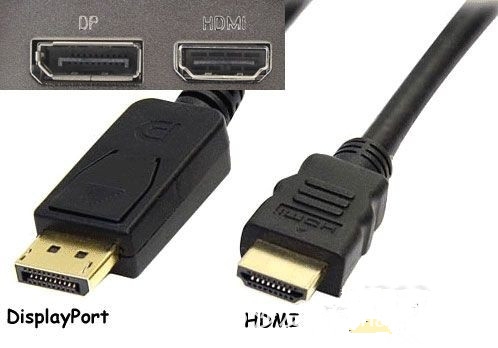
With a different version of the HDMI cable for the 4K resolution of a variety of sources to support the extent of the table, you must choose to polish your own eyes.
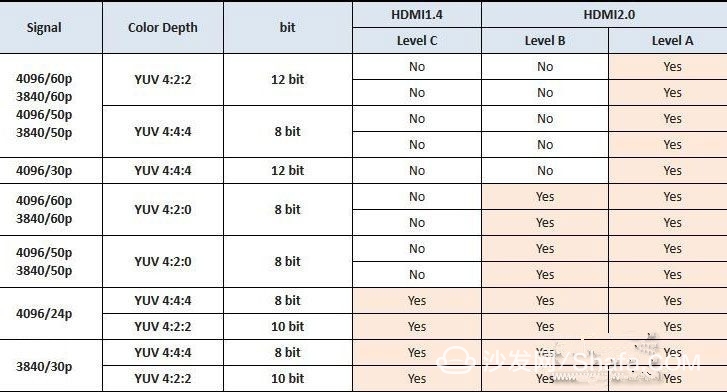
1, 4 color 4K are pseudo 4K, real physical resolution can not reach 4K standard, belongs to Ming Sheng dark down products.
2, YUV4: 4:4 is a good thing, but if you are watching movies, because of the source of the film, it is of little significance; but if you are connected to a computer, even PS4, Xbox games, you can improve the quality, you can consider.
3, HDR is a new technology standard, the future trend, the actual improvement of the screen has practical help, based on buying new do not buy the old truth, recommend buying.
4, if you care about picture quality, you must pay attention to the HDMI interface TV, DP interface is better, there is no need to choose HDMI2.0 version, HDMI2.0a better than HDMI2.0b.
Smart TV/box information can focus on smart TV information network sofa butler (http://), China's influential TV box and smart TV website, providing information, communication, etc. on TV boxes, smart TVs, smart TV software, etc. Answering questions.
Phone Case,Eco Phone Case,Cases For Phone,Popular Phone Case
Shenzhen Ruidian Technology CO., Ltd , https://www.wisonen.com